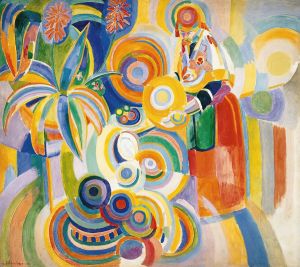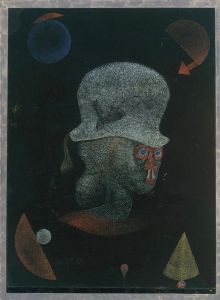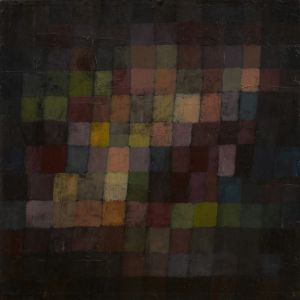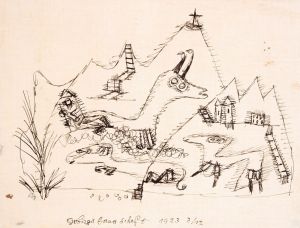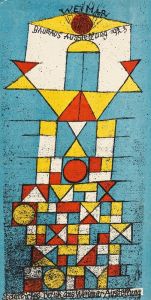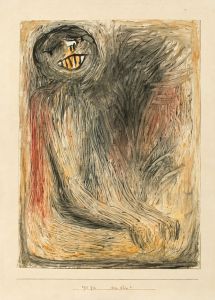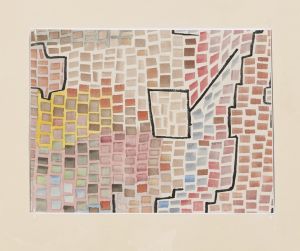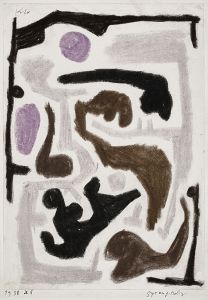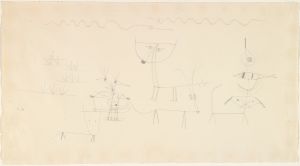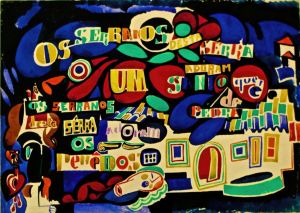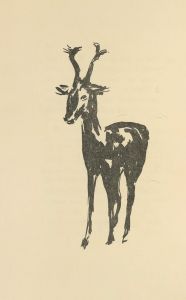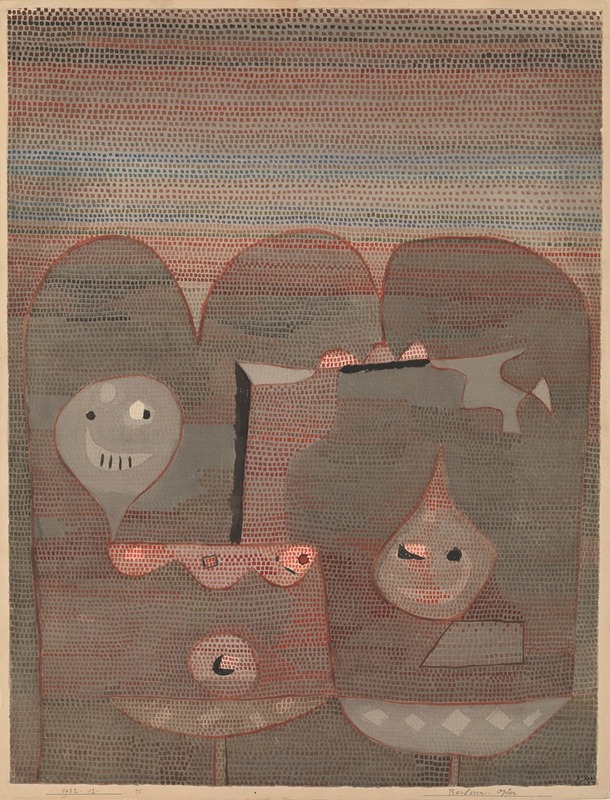
Barbarian Sacrifice
A hand-painted replica of Paul Klee’s masterpiece Barbarian Sacrifice, meticulously crafted by professional artists to capture the true essence of the original. Each piece is created with museum-quality canvas and rare mineral pigments, carefully painted by experienced artists with delicate brushstrokes and rich, layered colors to perfectly recreate the texture of the original artwork. Unlike machine-printed reproductions, this hand-painted version brings the painting to life, infused with the artist’s emotions and skill in every stroke. Whether for personal collection or home decoration, it instantly elevates the artistic atmosphere of any space.
Paul Klee, a Swiss-born painter, created "Barbarian Sacrifice" in 1928. Klee is known for his highly individual style, which was influenced by movements in art that included Expressionism, Cubism, and Surrealism. His works often feature a unique blend of abstract and figurative elements, and he is celebrated for his innovative use of color and line.
"Barbarian Sacrifice" is a prime example of Klee's mature work, showcasing his ability to convey complex themes through seemingly simple forms. The painting is executed in oil on canvas, a medium Klee frequently employed during this period. The composition of "Barbarian Sacrifice" is characterized by its abstract representation of figures and symbols, which are arranged in a manner that suggests a ritualistic scene.
The title of the painting, "Barbarian Sacrifice," hints at a narrative involving primitive or ancient rites. Klee often drew inspiration from a wide range of sources, including mythology, history, and his own imagination. In this work, he appears to explore themes of sacrifice and ritual, possibly reflecting on the human condition and the timeless nature of such practices.
Klee's use of color in "Barbarian Sacrifice" is particularly noteworthy. He employs a muted palette, dominated by earthy tones and punctuated by occasional bursts of brighter hues. This choice of colors enhances the painting's mysterious and somber atmosphere. The lines in the painting are both delicate and deliberate, creating a sense of movement and rhythm that guides the viewer's eye across the canvas.
The figures in "Barbarian Sacrifice" are rendered in a stylized manner, with simplified forms that suggest rather than explicitly depict human and animal shapes. This abstraction allows for multiple interpretations of the scene, inviting viewers to engage with the painting on a deeper, more personal level. Klee's ability to balance abstraction with suggestion is one of the hallmarks of his work, and "Barbarian Sacrifice" is a testament to his skill in this regard.
Paul Klee's artistic philosophy was deeply influenced by his belief in the spiritual and symbolic power of art. He often sought to transcend the visible world and tap into a more profound, universal language of forms and colors. "Barbarian Sacrifice" exemplifies this approach, as it communicates a sense of mystery and otherworldliness that goes beyond the literal depiction of a sacrificial scene.
Throughout his career, Klee was associated with several influential art movements and groups, including the Bauhaus school, where he taught from 1921 to 1931. His work during this period, including "Barbarian Sacrifice," reflects the Bauhaus principles of combining fine art with crafts and exploring the relationship between form and function.
In summary, "Barbarian Sacrifice" by Paul Klee is a significant work that encapsulates the artist's unique style and thematic interests. Through its abstract forms, evocative use of color, and symbolic content, the painting invites viewers to contemplate the deeper meanings behind the depicted scene. Klee's ability to blend abstraction with narrative elements makes "Barbarian Sacrifice" a compelling example of his artistic vision and enduring legacy.





